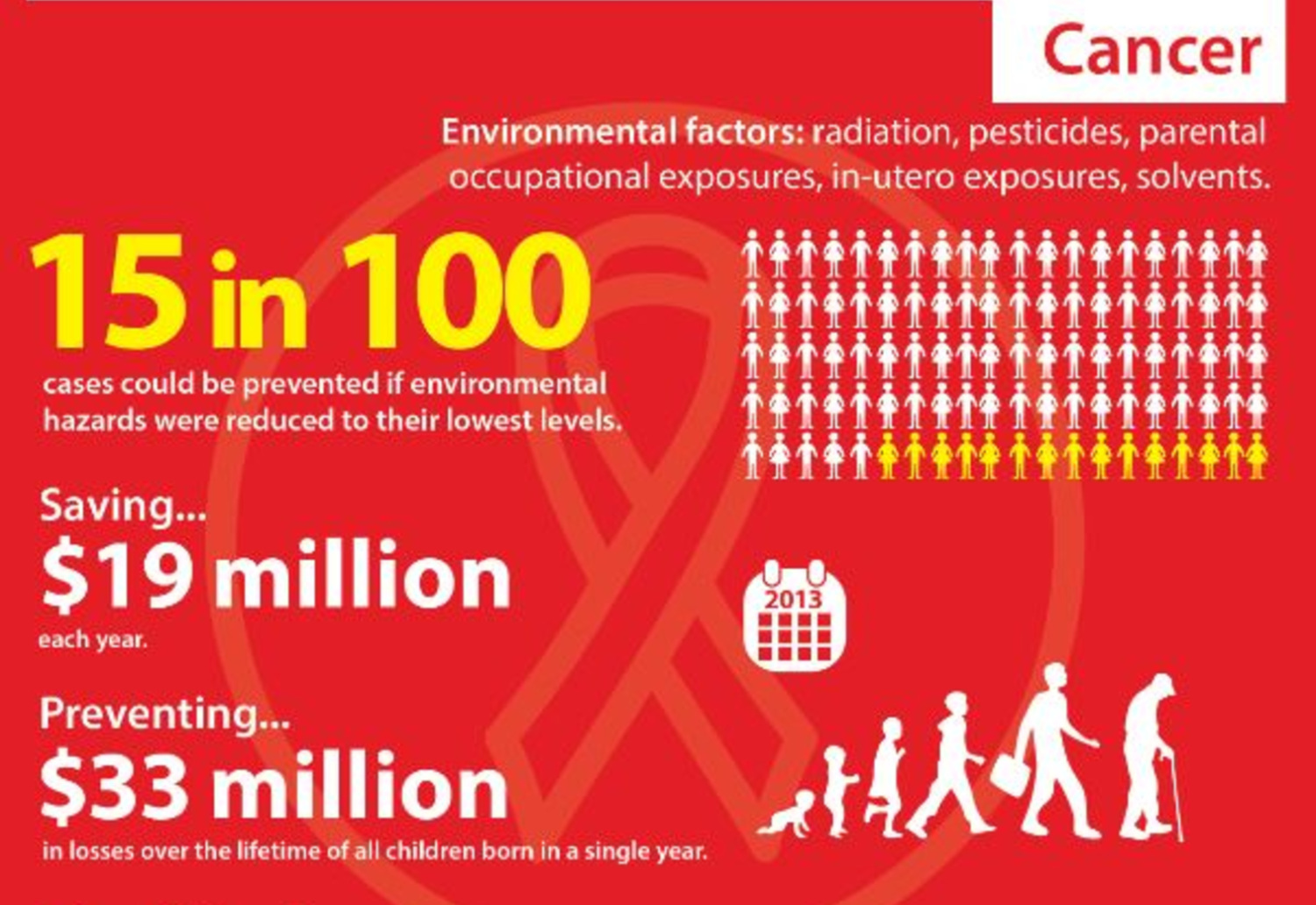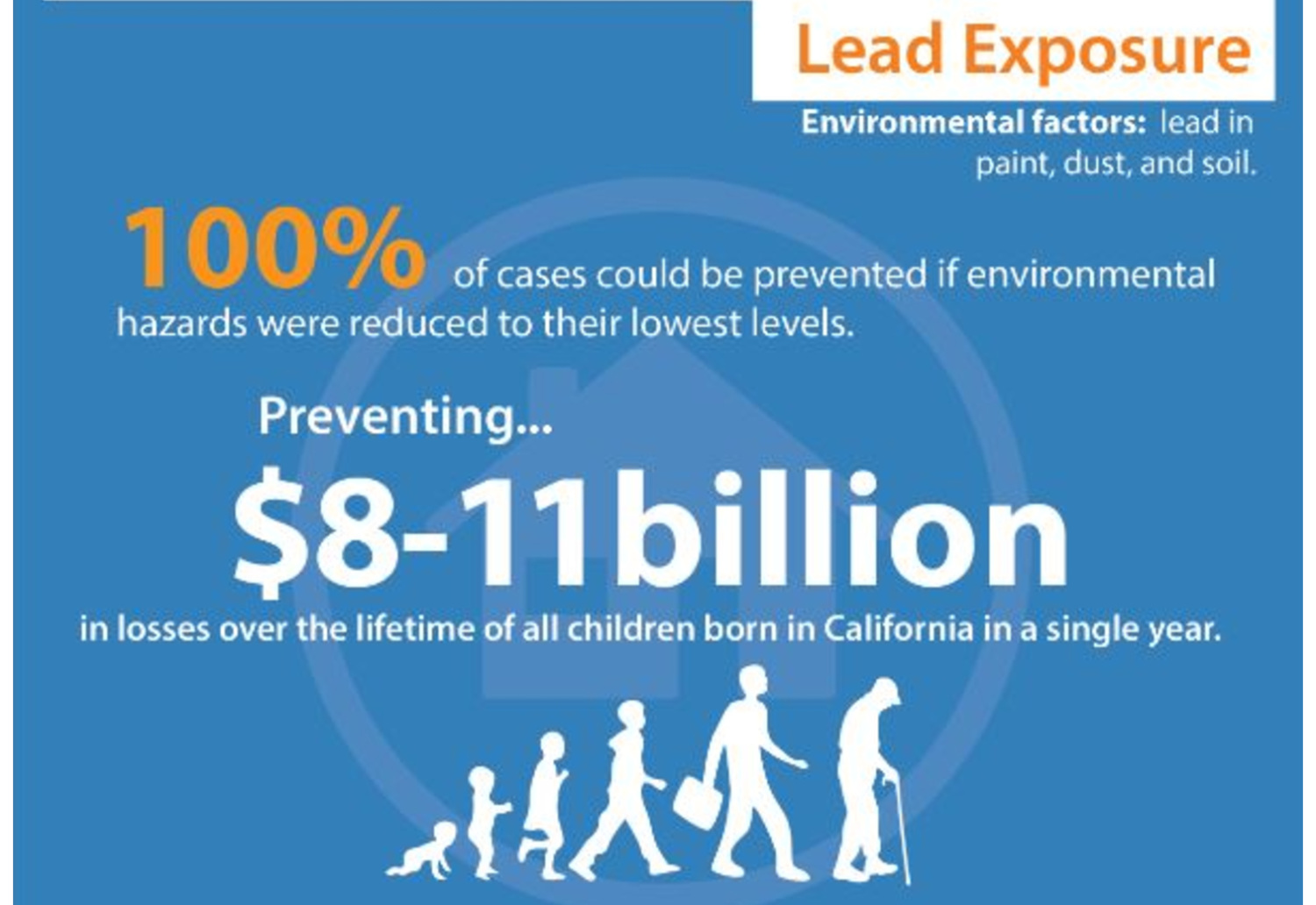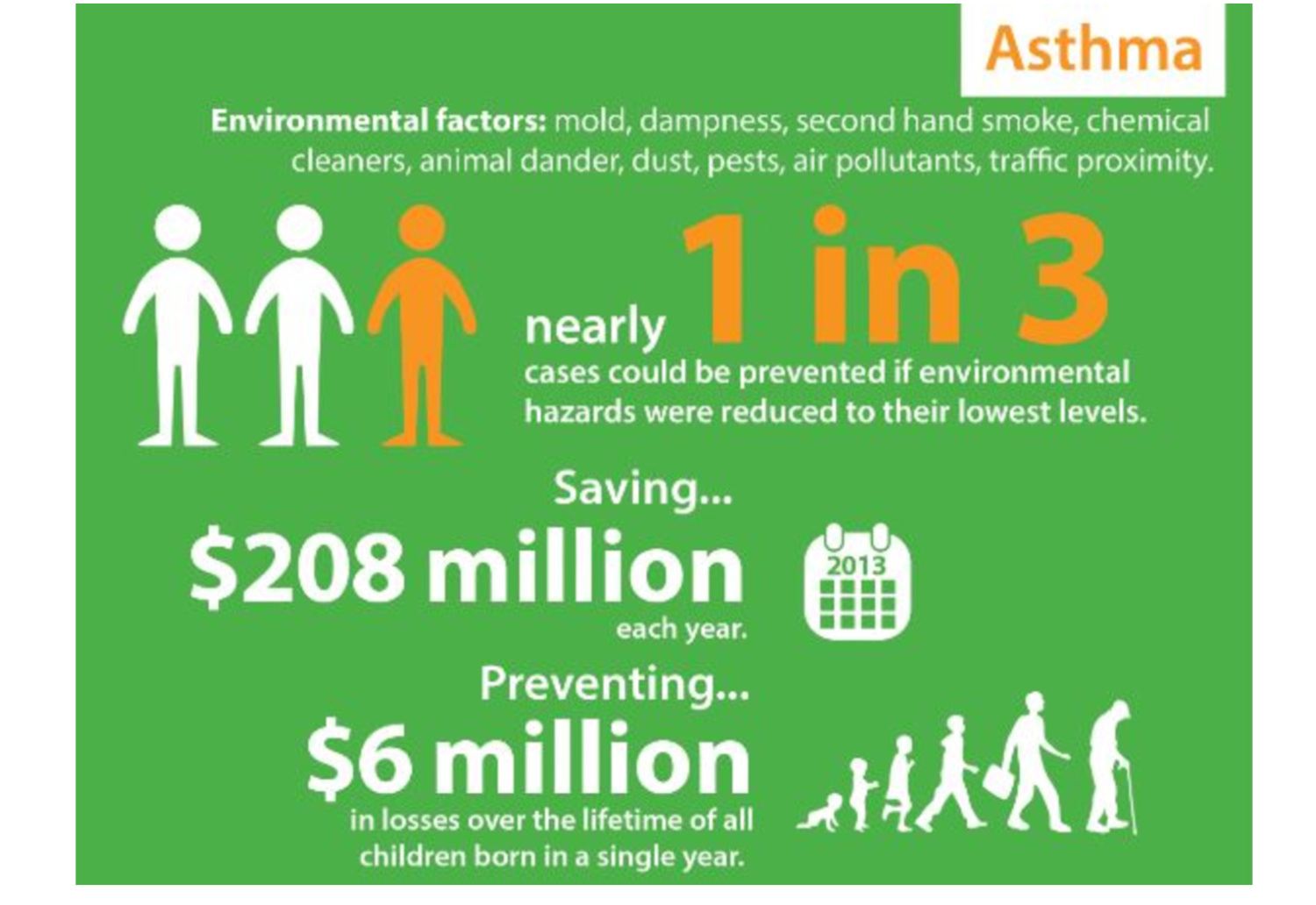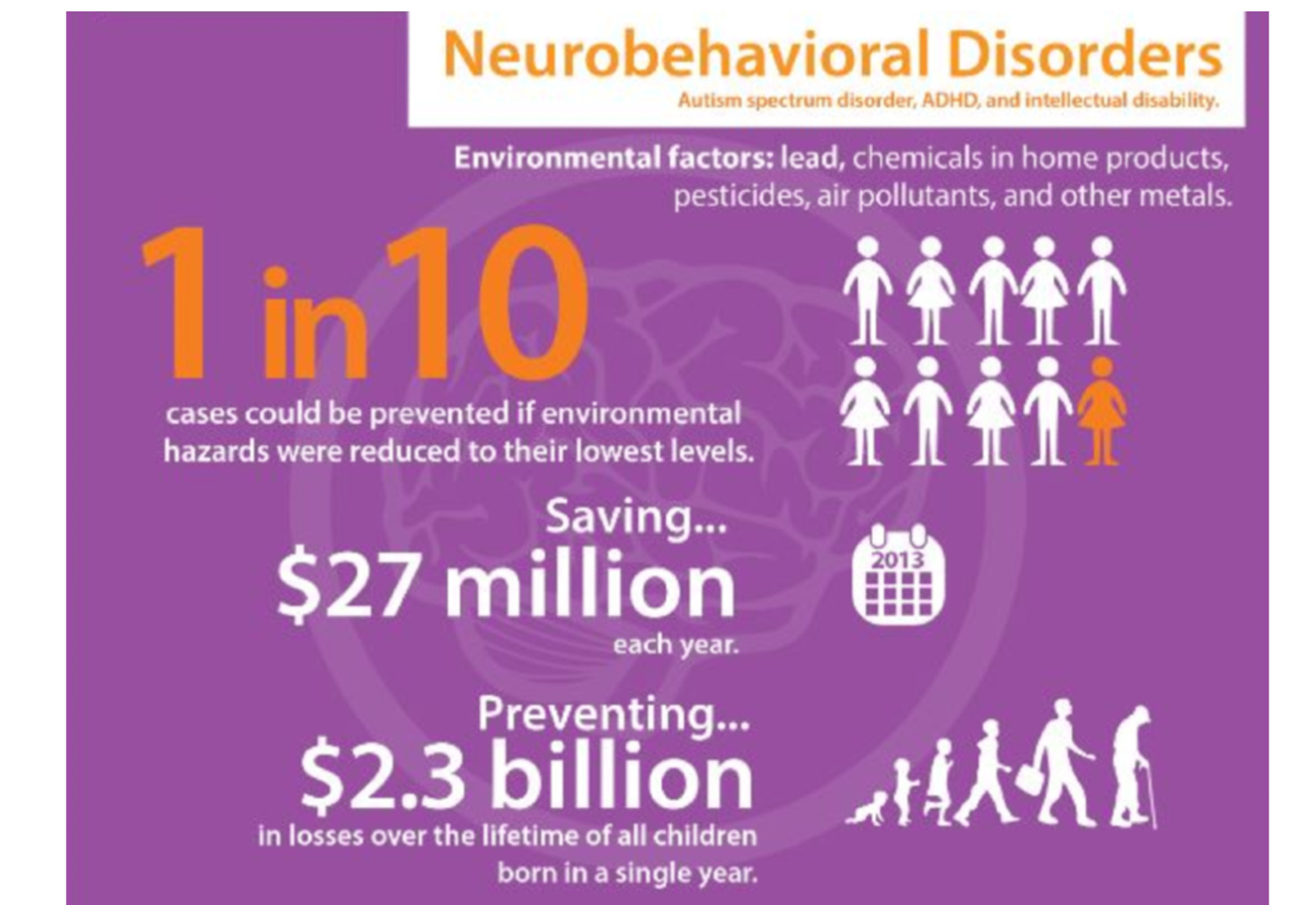Calculating the Costs of Environmental Health Conditions in California Children
Program
Highlights

A study by PHI’s California Environmental Health Tracking Program (now called Tracking California) found that reducing preventable exposures to pesticides, air pollution, and other environmental hazards could save over $254 million annually in costs related to childhood conditions and save $13 billion over the lifetime of all children born in California each year.
$254M annual cost savings from reducing exposures to environmental health hazards to children
$13B costs saved over the lifetime of all children born in California each year
-
Focus Areas
Data, Technology & Innovation, Environmental Health, Healthy Communities -
Issues
Asthma, Cancer -
Expertise
Research – Quantitative
While rising living standards have resulted in healthier lives for many, thousands of California’s children still suffer from preventable health conditions linked to pollution and other environmental hazards, especially children from low-income communities and communities of color. Few studies have looked at the costs of these health problems and the savings families and the state could reap with better prevention efforts.
A study in June 2015 by PHI’s California Environmental Health Tracking Program (now called Tracking California) found that reducing preventable exposures to environmental hazards could save over $254 million annually in costs related to childhood conditions and save $13 billion over the lifetime of all children born in California each year.
Costs of Environmental Health Conditions in California Children
The Tracking California report looked at four childhood health conditions — asthma, lead poisoning, cancer and neurobehavioral disorders (including attention-deficit/hyperactivity disorder (ADHD), autism, intellectual disabilities and others) — to determine the costs associated with preventable environmental hazards. The study found that reducing environmental hazards would achieve following benefits:
- Asthma: reducing air pollution, mold and other hazards linked with asthma would
 eliminate medical visits by 280,000 children and prevent four childhood deaths annually, while saving $208 million annually in asthma-related costs and contributing an additional $6 million in lifetime earnings of children born each year.
eliminate medical visits by 280,000 children and prevent four childhood deaths annually, while saving $208 million annually in asthma-related costs and contributing an additional $6 million in lifetime earnings of children born each year. - Cancer: reducing exposures to pesticides, nitrates in water, radiation, secondhand smoke and other hazards would prevent 120 children from developing cancer and prevent 20 childhood deaths annually, while saving $19 million annually in cancer-related costs and contributing an additional $33 million in lifetime earnings of children born each year.
- Childhood neurobehavioral disorders: reducing pesticides, household chemicals, lead and other heavy metals in food and water and other chemical exposures would prevent nearly 1,800 children from developing neurobehavioral disorders each year, and result in more than $2 billion in saved costs and additional earnings over the lifetime of children born each year.
- Lead poisoning: reducing lead exposures would prevent a lifetime of healthcare treatment and educational challenges for affected children and contribute an additional $8-11 billion in earnings over the lifetime of children born each year.
Children in low-income areas and children of color are more likely to experience environmental exposures leading to childhood health problems. For example, a 2018 study found that almost double the number of African American children have high blood lead levels than white children, and other research has found that African American children have five times higher rates of ER visits due to asthma attacks than white children.
See the full report and other materials here.
Work With Us
You change the world. We do the rest. Explore fiscal sponsorship at PHI.
Support Us
Together, we can accelerate our response to public health’s most critical issues.
Find Employment
Begin your career at the Public Health Institute.




